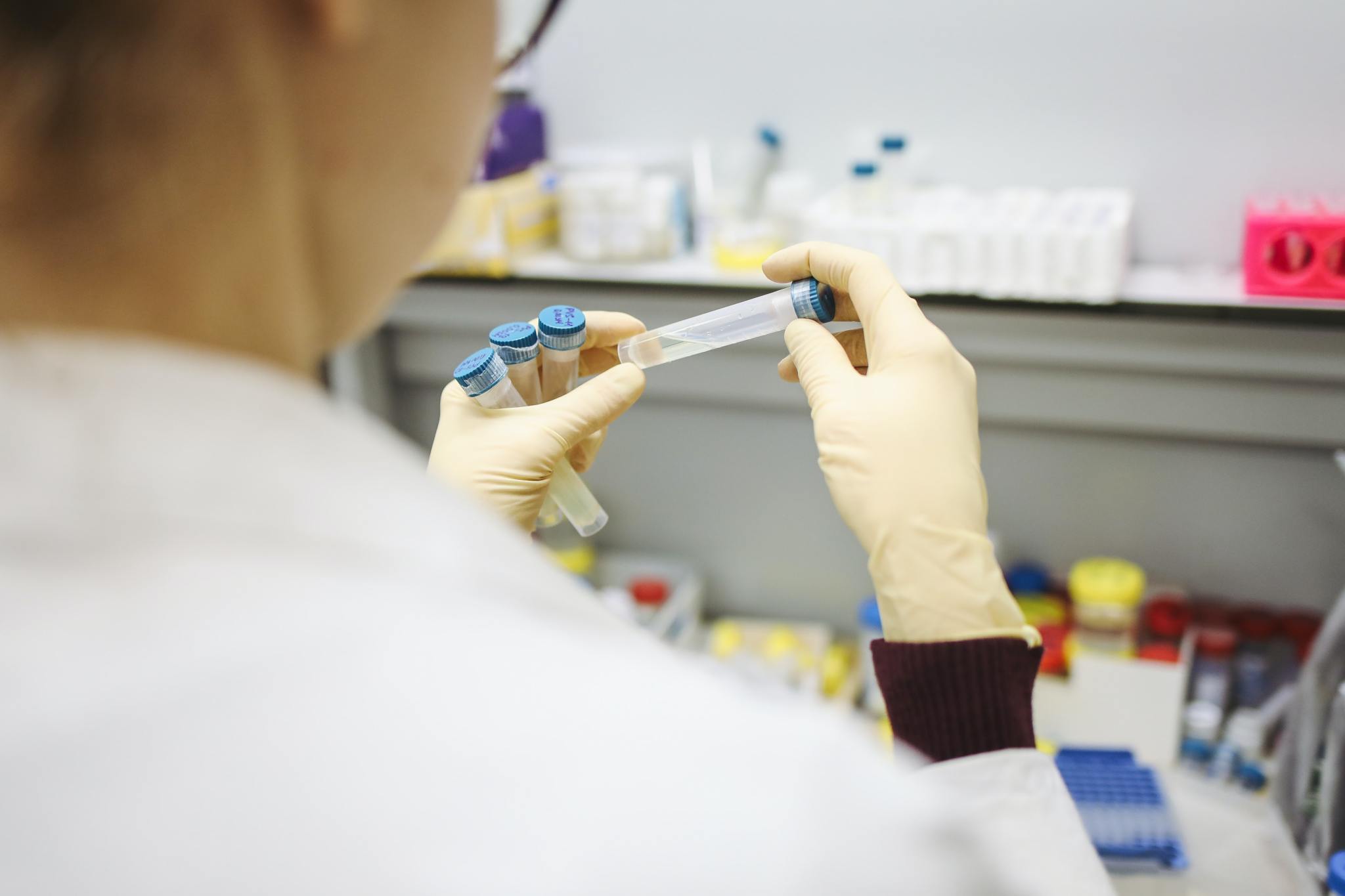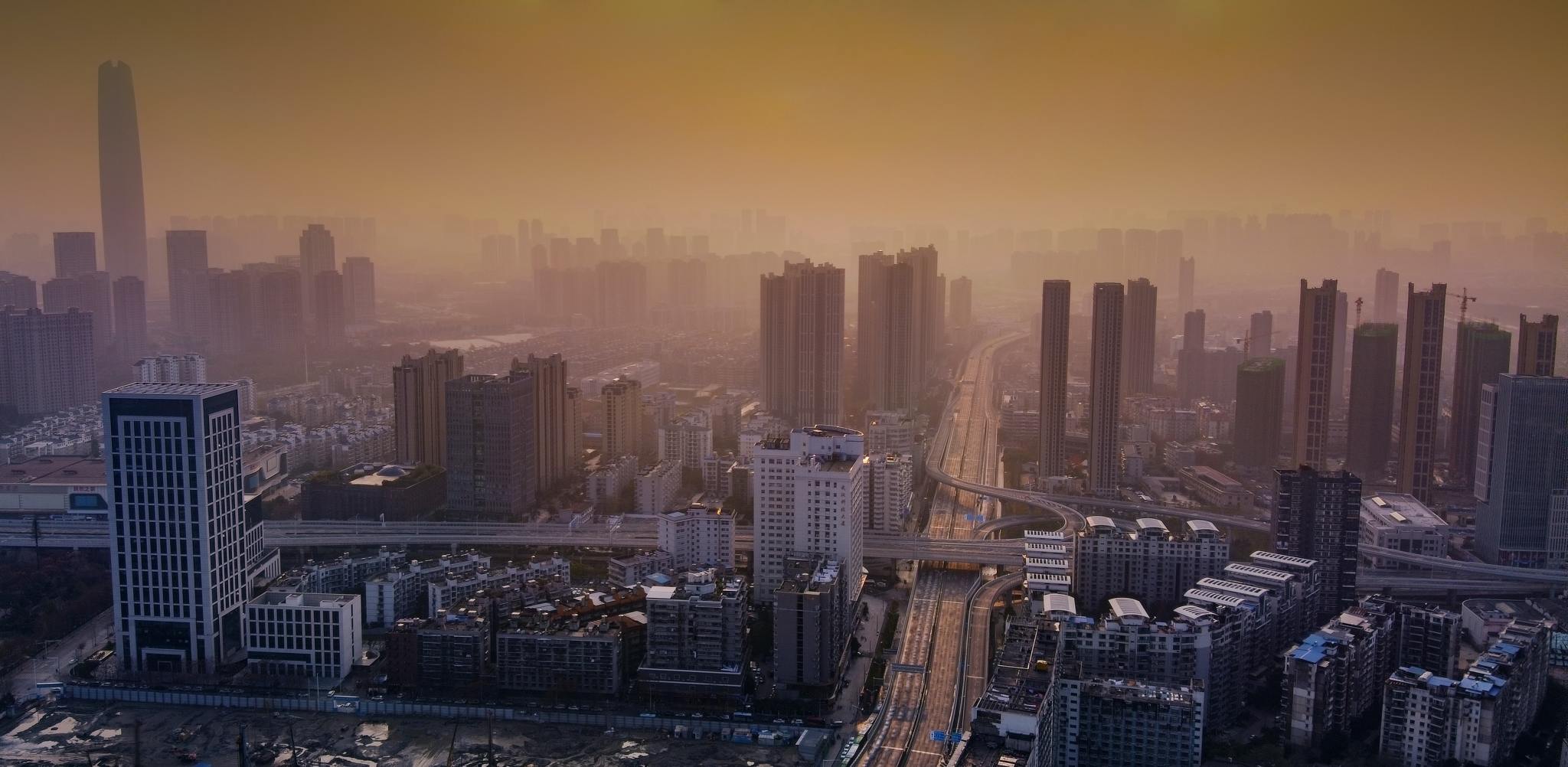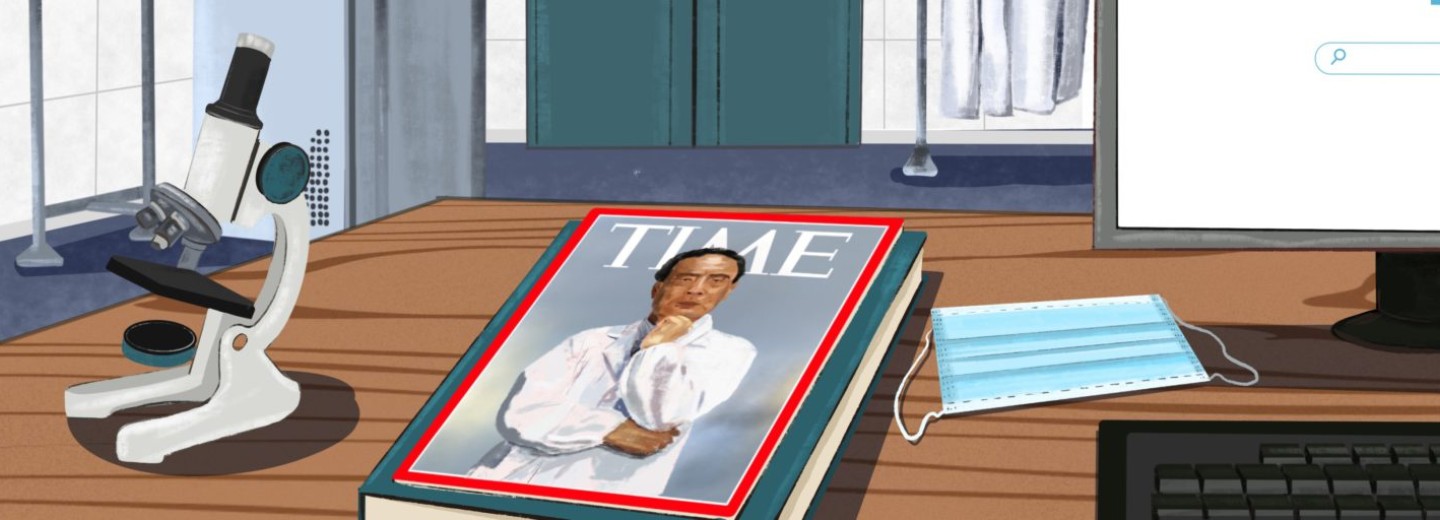Important contributions
In my line of work, only bad news is real news, and good news is no news. This is especially so when it comes to reporting on China. I submit to you that’s why the world has been astonished by the nation’s rapid recovery from the Covid-19 pandemic.Quite simply, if all you read about were terrible things happening in China, how could it have suddenly rid itself of the pandemic while major Western countries are still desperately struggling to contain its spread?

As an illustration, let me do an impromptu test. Do you recognise these names: Dr Zhang Yongzhen, Dr Li Lanjuan and Dr Li Wenliang?
Most of us have heard of Li Wenliang because of non-stop reporting and commentaries on his supposed heroics and martyrdom in China’s domestic social media and foreign news outlets. But most medical experts would agree that it was the actions of Zhang and Li Lanjuan that ultimately saved millions of lives in China and alerted the world to the pandemic danger.
I did several quick Google searches on all three: “Dr Li Wenliang” yields 1,610,000,000 results; “Dr Zhang” 447,000 and “Dr Li Lanjuan” 60,200. Time magazine did name Zhang as one of 100 most influential people in 2020. But why the disparities?
Bad news is real news: Dr Li Wenliang
In late December 2019, Li, an eye doctor, sent a private message to several colleagues warning them of a possible SARS-like outbreak. That message was leaked to the public. He was then warned, not punished, by officials to be more discreet in communicating about the then little-known disease. He subsequently caught Covid-19 and died in February 2020.
Based on that bare narrative skeleton, many mainland Chinese have rallied around his death as a focal point to criticise harsh official measures and inhumane treatment imposed on them as a result of efforts to contain the pandemic. No doubt their anger and grievances were justified. Meanwhile, the Western media have been portraying Li, even today, as a martyr and whistle-blower who sacrificed his own life to try to save others in the face of communist censorship and punishment.
Good news is no news: Dr Zhang Yongzhen and Dr Li Lanjuan
You are probably much less familiar with these two doctors unless you are a government policymaker, a medical expert or someone who follows the more technical aspects of the Covid-19 pandemic closely.
But it’s not surprising that the prestigious research publication, Nature, has picked the two as among the top “10 people who helped shape science in 2020”. Their actions and recommendations ultimately helped China turn the corner. They have been much less newsworthy, though, than the other Dr Li, because both worked within the Chinese official system.
The Nature profile of Zhang said:
The international scientific battle against Covid-19 began on the morning of January 11 in Shanghai. That was when virologist Zhang Yongzhen, after days of hesitation, agreed to post online the genome of the virus that was causing a pneumonia-like illness in Wuhan, China.
His sharing showed the world that this was a new coronavirus, and similar to the one that caused the deadly 2003 outbreak of SARS [severe acute respiratory syndrome]. Researchers immediately pored over the genome to investigate the virus’ key proteins, produce diagnostic tests and design vaccines.
That was the most important day in the Covid-19 outbreak,” says Linfa Wang, a virologist at Duke–National University of Singapore Medical School. Within two days, Thailand had used the genome to confirm that the virus had crossed the border, and US researchers were using it to design a coronavirus vaccine.
Notice the date: January 11. One of China’s most important virologists was already sharing the most up-to-date data on a then little-known virus with the entire world. And yet, US propagandists such as outgoing Secretary of State Mike Pompeo still claim China was hiding and lying about the Wuhan outbreak long after that date.
Contrary to some reports, Zhang said his lab had stopped studying the virus for a short time because of the need to update biosafety protocols, rather than being punished for releasing the genetic data without going through all the usual government channels.

Writing for Time’s 100, Pardis Sabeti, a Harvard professor who led the original team that genetically sequenced the Ebola virus, had this to say:
The Covid-19 pandemic has been a global disaster – but it could have been much worse. The saving grace was Zhang Yongzhen, who led a team that published the first Sars-CoV-2 genome just days after the first cluster of cases emerged and likely within weeks of its jump into humans. That data allowed scientists around the world to begin developing tests for detecting the virus as early as January; as a result, China and other countries steadily closed the gap between infection and diagnosis, helping to flatten the curve and saving countless lives in the process.
The Zhang team’s unprecedented speed was made possible by the extraordinary disease-monitoring network they had built to detect emerging flu strains and coronaviruses. Their work envisions what is possible with a collaborative, connected public-health collective, and illuminates what gaps still remain. It is now up to the global community to realise this potential, to stop Covid-19 and the next pandemic before it has a chance to start.
Now consider Li Lanjuan. More than anyone else, the epidemiologist recommended the Chinese state to lock down Wuhan, a measure that was at the time questioned and denounced the world over but now imitated to various degrees in many countries.

According to Nature:
On January 18, China’s highest administrative body sent Li Lanjuan and other experts to Wuhan to size up its viral outbreak. A few days later, the 73-year-old epidemiologist at Zhejiang University in Hangzhou called for Wuhan – population 11 million – to be locked down immediately.
In a January 22 interview on Chinese state television, she said: ‘If the infection continues to spread, other provinces will also lose control, like Wuhan. China’s economy and society will suffer seriously.’
Zhong Nanshan, a respiratory expert at China’s Guangzhou Medical University, who led the team in Wuhan, had already announced that the virus could spread between people. The warnings from Li and Zhong helped to prompt decisive action.
On January 23, all transport was blocked in and out of Wuhan and people were ordered to stay at home. Travel plans for Lunar New Year, which began on January 25, were cancelled. At the time, the lockdown struck many as an overreaction; it lasted for 76 days and was aggressively enforced. Some residents were unable to get medical care and complained they had been left to die.
‘But the plan worked. It clearly led to excellent epidemic control within China and aversion of a far more catastrophic epidemic in the country,’ says epidemiologist Raina MacIntyre at the University of New South Wales in Sydney, Australia. Modellers estimated that it delayed the epidemic’s spread through China by 3-5 days, giving other regions time to prepare. And the number of exported cases dropped by 80 per cent for a few weeks.
‘Locking down a city of 11 million people to stop infections escaping was unique’, says Ben Cowling, an epidemiologist at the University of Hong Kong. ‘I don’t think there are precedents for this’.
There is an American saying: “The system works.” However, if the Chinese system works, it’s not news in the West, especially in the mainstream English-speaking news media. That, I submit to you, results in intellectual disadvantages for citizens in the West by preventing them from having a proper picture or perspective on a country they have been told is the greatest threat to freedom, democracy, and world peace.
Worked on the article:

Wanlikhang





